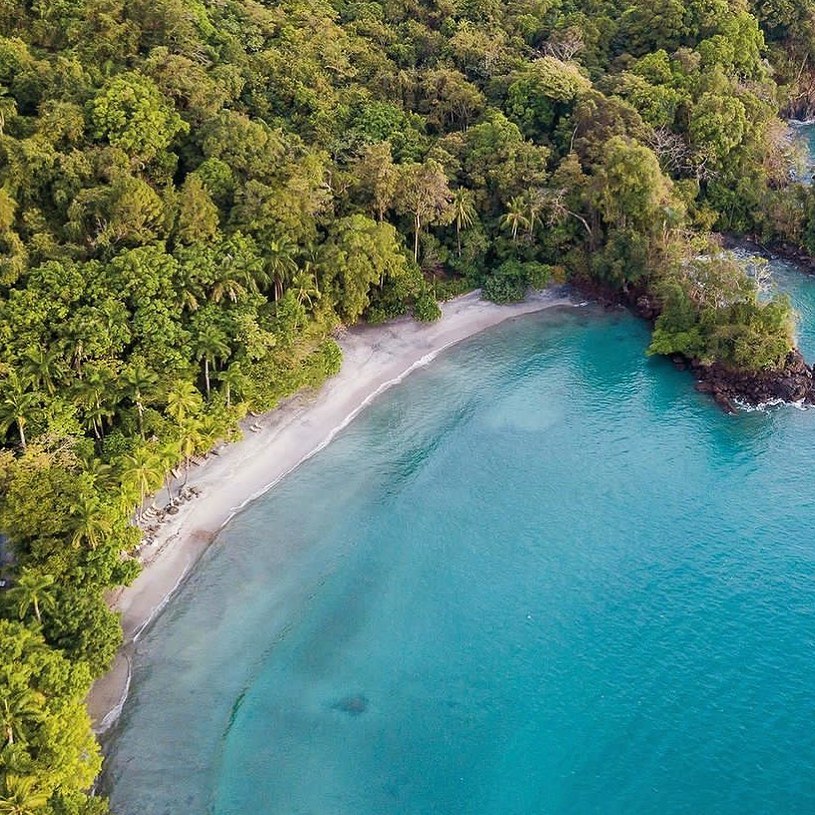Costa Rica is flanked by two very different coastlines.
Along the Central American nation’s eastern side is a very well-known branch of the Atlantic Ocean called the Caribbean Sea. Over on the west is the wide open and seemingly endless Pacific Ocean.
Although the coasts are very different in culture and style, both offer paradisiacal beaches and charming villages with beautiful hotels and lodges.
The more remote Caribbean coast is characterized by wild tropical vegetation, especially around the Cahuita National Park, known for its sandy beaches and coral reefs. The resorts are more intimate and secluded, in many respects a throwback to the Caribbean of 40 or 50 years ago before the big sea became an international travel star.
Pacific beaches are more popular, spangled with charming seaside towns, gorgeous resorts (both large and small), excellent restaurants, as well as golf courses, adventure sports, and world-famous surfing and scuba diving spots.
The west coast also has its landmark national parks, all of them rich in scenery and wildlife, but distinct when it comes to landscape and vegetation.
They range from Santa Rosa National Park in the northwest with its iconic dry tropical forest (and nine other ecosystems) to the enormous biodiversity of Corcovado National Park in the southwest, which protects 141 mammal species, more than 400 different types of bird, 116 species of reptiles and amphibians, and at least 500 tree varieties.
Which of these is your style?
Travel Pioneers can help you choose by laying out the pros and cons of exploring Costa Rica’s contrasting coasts and then creating an itinerary that matches your tropical vacation dreams.
Tags: Costa Rica
0 Comments